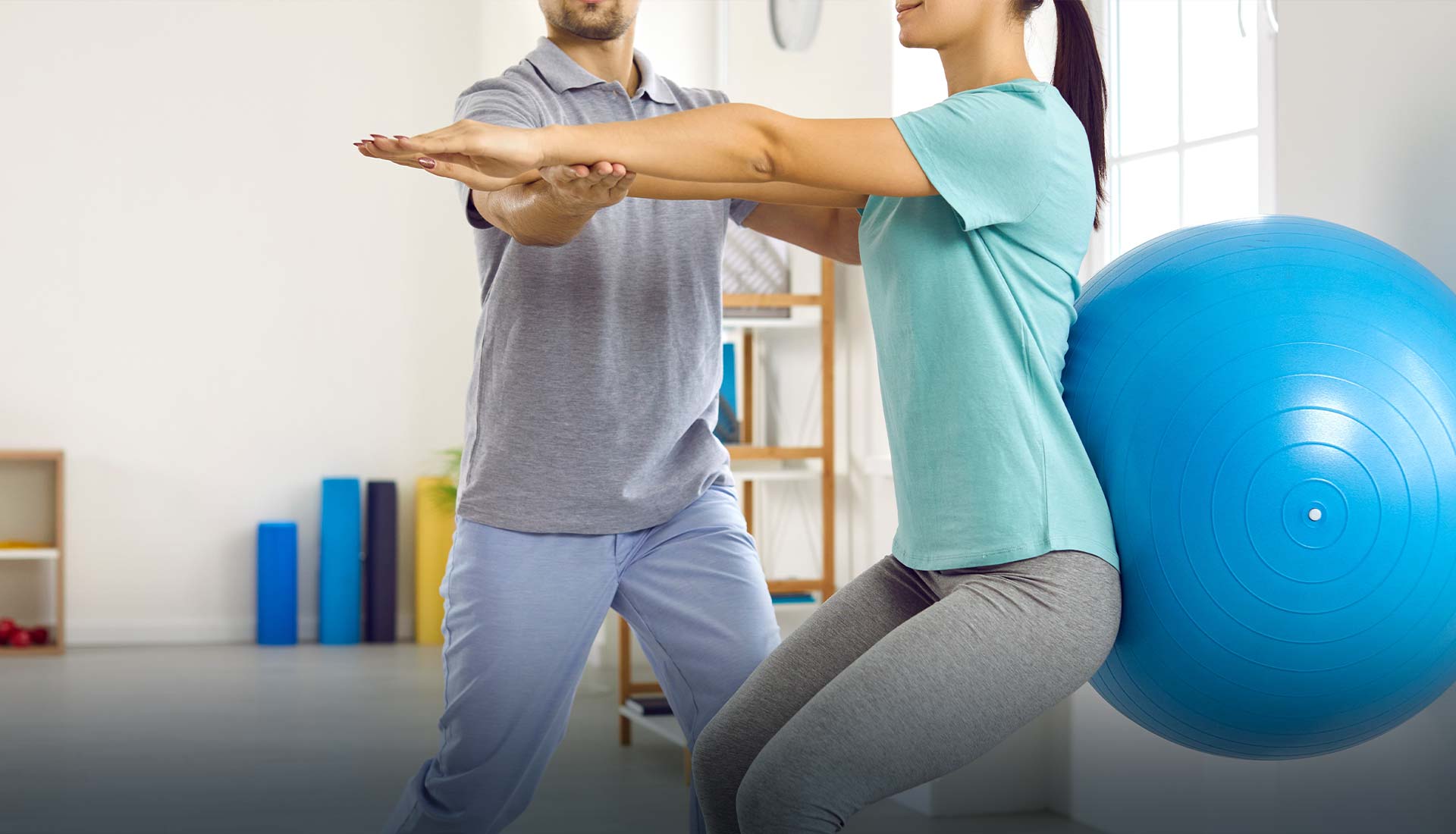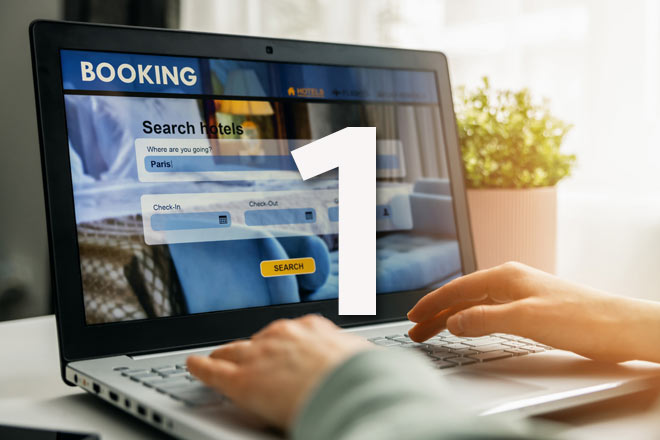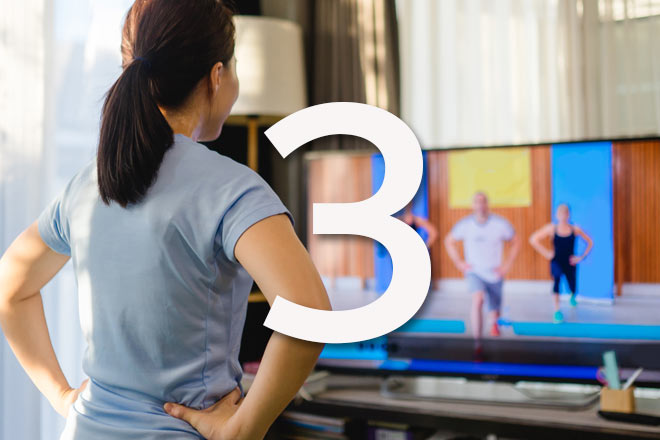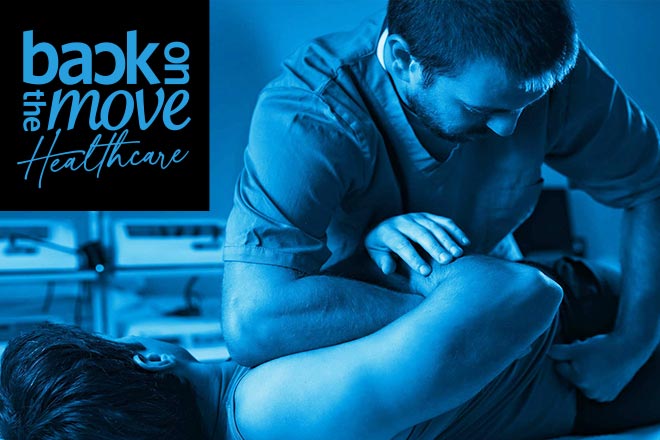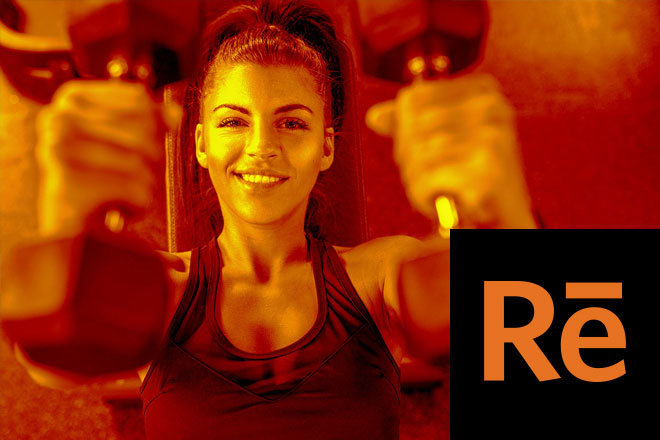What do I wear to my appointment?
Wear comfortable sportswear or gym kit that you can move in. It should be breathable and wick moisture away from the body, whilst providing proper support (a sports bra is important for women). Correct footwear is particularly important in helping to maintain proper balance.
How long does a rehabilitation gym session last?
This will be decided by you and your Rē therapist. At first your sessions in the gym may be relatively short, lasting 15-30 minutes but, over time, this may build up to an hour. It’s also important to do your exercises at home, as directed by your therapist, as repetition will build strength and help re-train your muscles.
How much of a difference can sessions really make to recovery?
It’s hard to over-emphasize how crucial exercising and retraining your body are after a medical event such as stroke, heart attack or vestibular illness; they really are the cornerstone in your recovery process. They will help improve your mobility, motor skills, strength, balance and quality of life, and may also help prevent recurrence of the same problem, as well as improving your mental health. For those with scoliosis and posture-related problems, exercises in the gym are a key part of treatment and invaluable in supporting the ongoing treatment provided by your therapist.
Are there separate changing rooms at Rē gym?
Yes, Rē has separate changing facilities equipped with showers, toilets and lockers.
Will training in the gym hurt?
Your rehabilitation training should not hurt. If your training is for scoliosis or other structural issues, your therapist will guide you. Similarly, for balance-related training, this should not be painful. Stroke rehabilitation training commonly includes walking, balance and range of movement exercises, and strength training, which should not hurt. For cardiovascular clients, exercises may also include low-impact activities such as stationary cycling.
